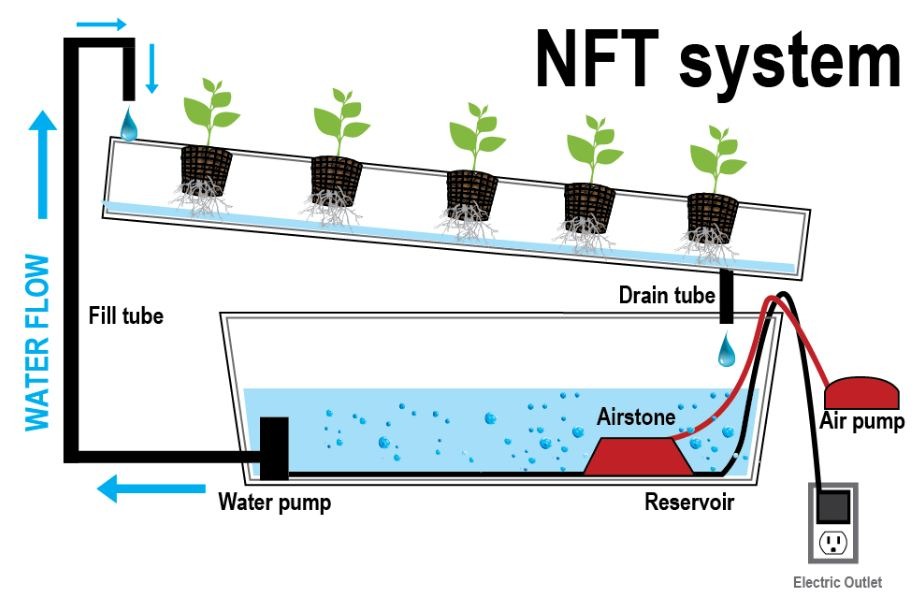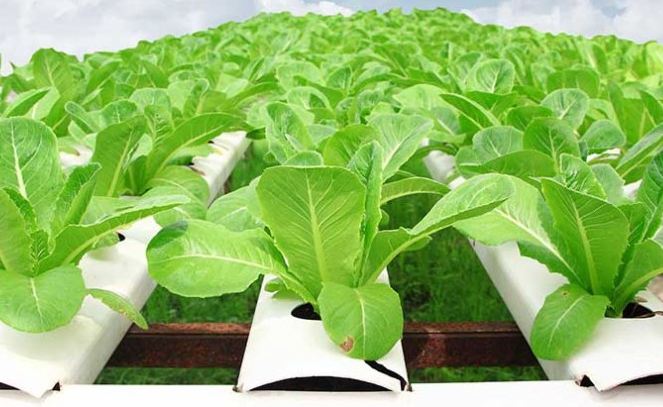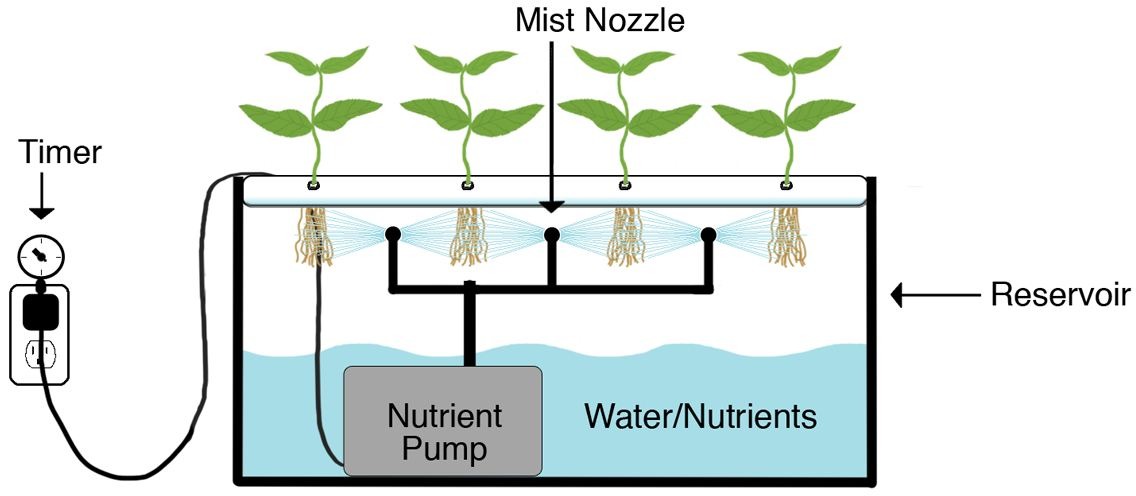Look, there’s no soil! We’re so accustomed to seeing plants in fields and gardens that anything new is awe-inspiring. Plants thrive without soil, but they frequently do so much better with their roots in water or highly moist air. Hydroponics is growing plants without the need for soil. Many of the crops we eat, including tomatoes on the vine, are already cultivated hydroponically, which may seem strange. Let’s look at hydroponics in more detail and see how it works!
Plants and vegetables grow quicker in a hydroponic system than in soil, and hydroponic systems may be utilized all year. Hydroponically grown plants produce more, take up less space, and use less water than conventionally grown plants. A hydroponic system might also be a good option for apartment residents and city dwellers who do not have ample space for an outdoor garden.
Wick, water culture, and ebb and flow are four ways novices may use to start hydroponic gardening. The nutrient film technology and the aeroponic system are examples of more sophisticated techniques.
Collecting Antiques Details
| Category: Art, Collection, History | Time: 30-60 min | Skill: Some |
| Initial Cost: $$$$ (500+) | Space: lots | People: alone |
| Long-Term Cost: Very High | Makes Money: Can, but not always | Location: indoor |
How does hydroponics work?
Hydroponically growing things may be done in a variety of methods. One common approach involves placing your plants in a plastic trough and allowing a fertilizer solution to drip through their roots (with the help of gravity and a pump). The nutrient-film technique is named after the nutrient acts like a liquid conveyor belt, continually sliding past the roots and supplying the necessary nutrients. Alternatively, you may grow plants on nutrient-rich media like Rockwool, sand, or vermiculite, which works as a sterile substitute for soil and supports the roots.

In principle, any plant may be grown hydroponically, but as with all gardening, some items always do better than others. Tomatoes and strawberries and lettuces, and herbs are among the plants that thrive in this environment.
Who can start up this hobby?
People who use hydroponics will quickly find that they can produce many crops in a small space while using roughly the same amount of water as they would for fewer crops in a typical soil arrangement. The beauty of a soil-free system is that you may build and develop the structure to sustain the water and the plants.
Arable land is scarce if you reside in a big metropolis. Do not be concerned! Many hydroponics farmers have been successful in setting up various types of hydroponics installations both indoors and outdoors.
What you will need
- Bucket or basin for water reservoir
- Grow light (optional)
- Water
- Hydroponic fertilizer (dry or liquid)
- Cotton or nylon cord
- Growing medium
- Seedling
- Growing tray
Benefits of hydroponic
Whether you like it or not, hydroponics is likely to continue to grow and evolve throughout time. And it offers some attractive benefits in areas of the world where drought and topsoil degradation are wreaking havoc.
Hydroponics produces more calories per square foot of growing space. UN’s Food and Agriculture Organization, or FAO, is assisting with the implementation of hydroponic farming in regions where there are food shortages to help grow more crops and feed more people. Furthermore, hydroponically produced plants can grow at least 20% quicker than their soil-bound counterparts.
Hydroponics allows for virtually total control compared to growing in soil, where there are so many variables to contend with. This is because it takes the plant from its natural surroundings and replaces it with what is, at least in principle, an optimal “ecosystem” intended to flourish without soil. The plants are supplied a nutrient solution, which can take numerous forms but is often water mixed with fertilizers and minerals or trace elements that plants require for nutrition.
Because most hydroponics employ recirculation systems to prevent waste, hydroponics consumes less water on a big scale — up to 90% less than standard field crop watering methods. Water is wasted in traditional farming owing to evaporation, poor irrigation, and soil erosion, among other things. Hydroponics can reduce losses in these regions since it is not part of the average water cycle.
While traditional agriculture makes heavy use of chemical herbicides and pesticides, hydroponic systems don’t require nearly as much, if any, of these harmful substances. Few pests or illnesses may thrive in a well-maintained hydroponic arrangement since there is no soil for pathogens to grow in. Although pesticides and other hazardous agrochemicals are occasionally used in hydroponic gardening, most at-home systems can be free of them.
Cost of hydroponic as a hobby
This is a complex topic because every system is different. They generate a variety of plants at varying rates.
Your energy will be your most expensive operating expense. Your grow lights will be responsible for most of this. Over four weeks, one 90-watt LED grow lamp can produce 20 heads of hydroponic lettuce. This costs 7 cents each day, and the light is on for 16 hours out of every 24 hours. This will cost you $2.10 throughout a four-week growing period for 20 heads of lettuce.
Make your hobby profitable
Growing your food, even if it’s only the ordinary vegetables and herbs we eat, makes practical and economic sense, especially in light of the irrefutable occurrences that cause organic food costs to rise regularly.
Maybe you don’t want to sell your products or educate, but if you can create a hydroponic system, you can build one for someone else as well, and at a reasonable price. Building a DIY hydroponic system necessitates a specific skill set that someone who has done it before can only be mastered.
Conclusion
Hydroponics is an excellent way to grow food inside or in tiny places because it gives you greater control over how a plant grows without the need for dirt. It may also have advantages in large-scale commercial agriculture, particularly in harsh temperatures or little rainfall. Hydroponics may play a significant role in feeding humankind as our globe faces rising difficulties such as desertification and climate change.
Hydroponic agriculture is most likely here to stay, and it is projected to grow in the future. And whether you utilize hydroponics to produce your food or eat food grown hydroponically as a hobby is a personal decision based on various circumstances.

